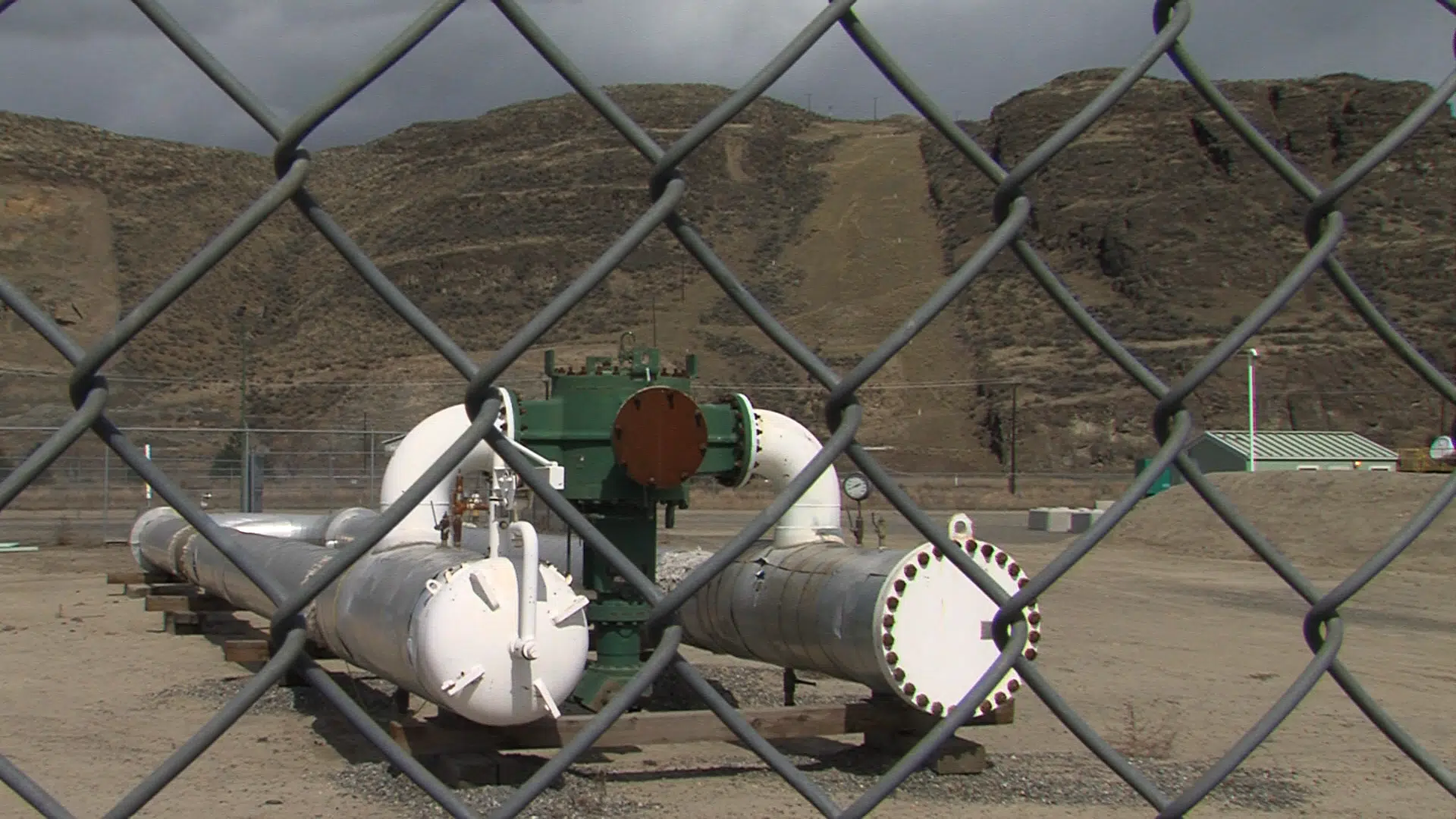
Trans Mountain expansion could start in Kamloops by summer if project approved
KAMLOOPS — The Trans Mountain pipeline expansion has faced a number of hurdles. Opposition from various groups, including the provincial government and a federal appeal court ruling that found shortcomings in the federal government approval.
The project was re-approved by the National Energy Board last month, and now plans are in place to proceed once the federal government meets the requirements set out by the court.
Trans Mountain local representative Kate Stebbings updated Kamloops city council earlier this week on where the project is at. She says if the project receives official approval, which is expected on May 22, work could start in Kamloops as early as this summer.
“It doesn’t mean that you’re going to see shovels in the ground,” said Stebbings. “Some of the early work, we will be doing things like fencing, surveying, line-locating, making sure we’re not going to hit anybody else’s utility when we move through things. Looking at the contamination area at the airport, making sure we understand the scale and scope of that. It will be a slow ramp-up in terms of what it feels like to the community.”


